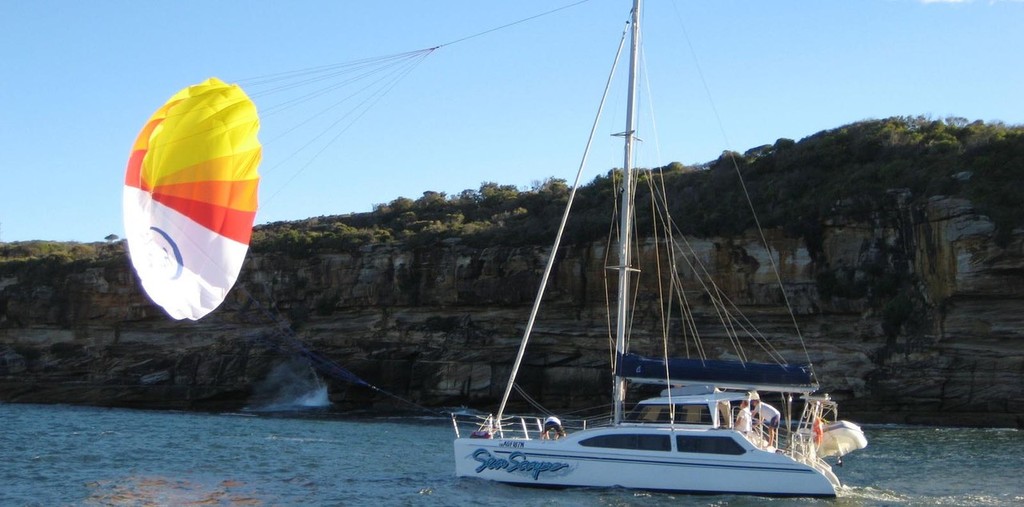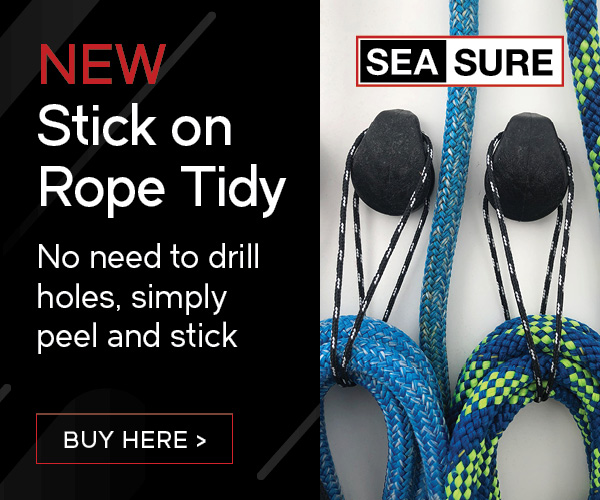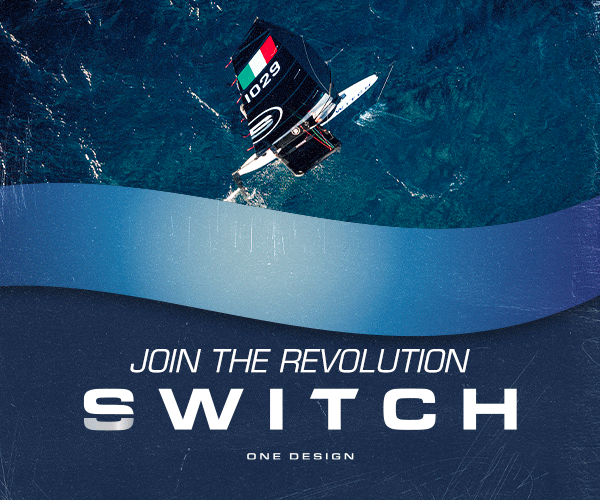Product of the Week- The Sailchute
by Sail-World Cruising on 3 Aug 2012

Sailchute in operation SW
Manufacturers of the very popular Parasail are now offering their next idea for cruising sailors, one that will lift the bow over recalcitrant waves rather than drive the boat into them.
The first Sailchute specifically designed for sailing vessels is claimed to be perfect for dead downwind conditions, connected to the vessel via a tack line and a halyard, easy to hoist and easy to drop after a little practice, ideal for a shorthanded crew, such a vital requirement for cruising sailors.
Sailchutes sail downwind very effectively because they are perpendicular to the wind and have a lot of belly. When sailing in downwind conditions normal sails are shaped more like chutes than the aerofoils. Sailchutes Australia have expanded on that concept and designed the perfect downwind sail.
The Sailchute rolls gently from side to side following the breeze while the motion on board is steady. Rather than the wind pushing the boat along, the Sailchute pulls the boat lifting the bow thereby ensuring smooth sailing. With the Sailchute pulling the boat on a steady downwind course, there is no need for other sails and the fear of accidentally gybing is removed. Rudder movement is minimal so the Autopilot can comfortably do its job.
Best flown in wind speeds of 15 to 25 knots, Sailchutes are packed in a small bag, the size when packed is no more than a small spinnaker and can be stowed easily.
They are available in varying sizes for boats of all lengths. Sailchutes are made to order and can be designed in custom colours.
Previously unavailable anywhere in the world, Sailchutes are produced specifically for sailing vessels by Australia’s premier Parasail production company in consultation with experienced local and international sailors.
Traditional downwind sailing:
Sailing downwind isn't difficult to do, but it is difficult to do well. The closer you sail to dead downwind, the less your sails are acting like a foil, and the more they are simply creating drag. Maximizing sail area downwind is important, sails generally must be well eased to create deep belly in the sails and more power.
Sailors typically choose to sail either with a spinnaker or 'goose-winged' (with the main and the head sail out either side of the vessel). A spinnaker can be difficult to control especially when shorthanded because it is only connected at the head and clews. Usually spinnaker sailing requires multiple crew members and is therefore rarely used by cruising sailors, particularly on long journeys.
A wing and wing combination is usually the best option, especially if the boat is cutter rigged. What you lose in speed, you pick up in reliability, and if the boat is well balanced, the autopilot works very well.
However the parachute concept allows a boat to sail downwind very effectively because the chute is perpendicular to the wind and has a lot of belly.
Specifications:
Sailchutes are made to order. Sizes are determined on a per vessel basis. But as a guide our sizes range from 24ft to 42ft diameters.
The canopies are made from zero permeability high quality 6.6 Nylon Taffeta,. This fabric is waterproofed, double coated with acrylic 190T, 70 Denier, construction 104 x 86 picks per inch.
Tape, nylon, 12.7mm wide to MIL-T-5038 Type 3, Class 1 or 2 1112n minimum tensile strength.
Suspension Lines are 6mm 8 plait polypropylene 380kg minimum tensile per line x 20 total 7600kg.
Sewing Thread is nylon thread to VT 295 specification for 'E' thread, 38N minimum tensile strength.
About Sailchutes Australia:
Sailchutes Australia is a division of Bird's Parasail Australia. The company has Offices and a Wharf facility in Manly, on the Northern shore of the majestic Sydney Harbour and a manufacturing facility at Windsor west of Sydney. Learn more from the company's www.sailchutes.com!website.
If you want to link to this article then please use this URL: www.sail-world.com/100567

